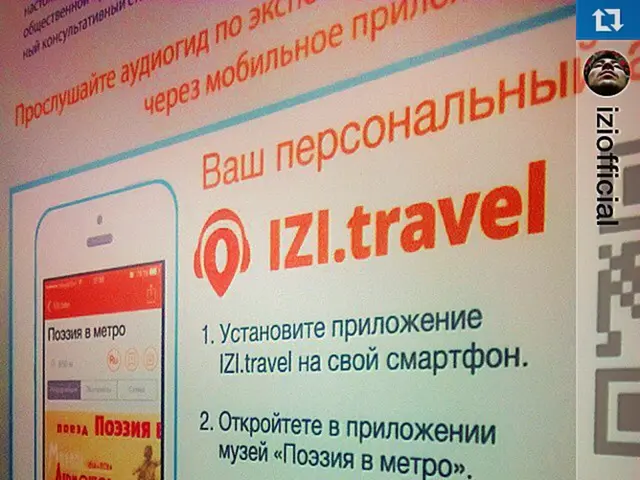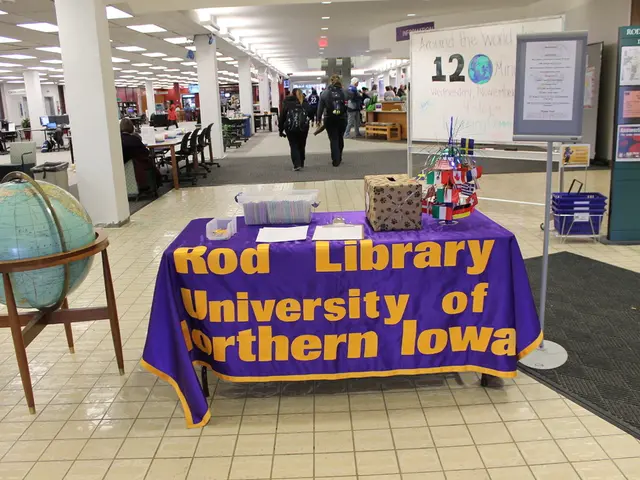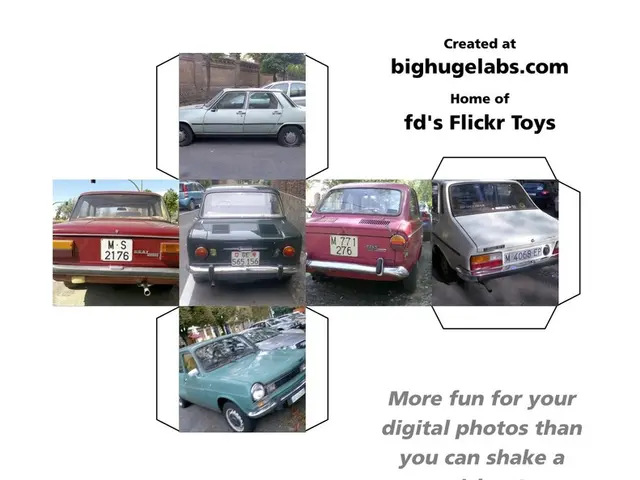Young Blood, Old Challenges: Boosting Blood Donations Among Youth in North Rhine-Westphalia
Looming challenge in blood donations: Decrease in new contributors - Decline in New Blood Donors - Shortage of New Donors Emerges as Potential Issue in Blood Donation Process
Struggling to keep up with the demand for blood products, blood donation facilities in North Rhine-Westphalia (NRW) are wrestling with dwindling donation willingness among the youth. Verena Böger, responsible for blood donation at the University Clinic Essen, points out that as the population ages, more people in Germany will require blood products. Increasing donation rates among the younger generation is crucial for ensuring future supplies. This challenge is further highlighted on World Blood Donor Day this Saturday (14.6.).
The number of first-time donors has been steadily declining for years, with a six percent drop last year alone, according to a spokesperson for the DRK Blood Donation Service West in Ratingen. This trend, if unaddressed, could lead to supply-security concerns.
Blood donations are indispensable for many patients. Böger stresses the importance of raising awareness among the young about the significance of blood donation. Currently, only three percent of eligible individuals actually donate blood, according to the Red Cross. In urban areas with numerous large hospitals treating complex cases, the shortage is particularly noticeable in NRW.
Most blood units are not used for accident victims or surgical procedures. At the University Clinic Essen, 60 to 70 percent of the units are used for patients with blood cancer, as Börger, who heads the quality control at the Institute for Transfusion Medicine, explains. Blood donations are also necessary for cases of poisoning and autoimmune diseases.
The DRK is actively pursuing young donors through social media campaigns, emphasizing that a single blood donation can help up to three people. Awareness is key, as people could suddenly find themselves dependent on a blood donation. Recent changes have made it theoretically possible for anyone aged eighteen and above who is healthy and physically fit to donate, although there may still be concerns about a summer shortage due to vacations and swimming pool trips.
Digital Outreach and Strategies
To engage the younger demographic, the DRK leverages social media platforms such as Instagram, TikTok, and Facebook. Content includes testimonials from young donors, myth-busting facts, and interactive challenges to lower barriers and increase relatability. Collaborations with universities and schools, incentives such as free snacks and digital badges, educational outreach through short videos and livestreams, and event-based marketing are part of the DRK's broader approach. The organization's reputation and extensive network make it a trusted partner for potential donors.
The combination of traditional organizational strength and targeted social media strategies is essential for increasing blood donation rates among young people in North Rhine-Westphalia. While specific recent campaigns by the German Red Cross (DRK) in NRW are not detailed in the latest available press releases or news, these methods are standard practices supported by the DRK’s ongoing efforts.
- In North Rhine-Westphalia (NRW), blood donation facilities are grappling with a decrease in willingness among youth to donate.
- As the population ages, more people in Germany will require blood products, making increasing youth donation rates crucial.
- The decline in first-time donors has been a long-term trend, with a six percent drop last year.
- If this trend continues, it could lead to supply-security concerns.
- Blood donations are vital for many patients, and raising awareness among the young about their significance is important.
- Currently, only three percent of eligible individuals donate blood, according to the Red Cross.
- In urban areas like NRW, the shortage is particularly evident due to numerous large hospitals.
- Most blood units are not used for accident victims or surgical procedures.
- At the University Clinic Essen, 60 to 70 percent of blood units are used for patients with blood cancer.
- Blood donations are also needed for cases of poisoning and autoimmune diseases.
- The DRK is actively recruiting young donors through social media campaigns.
- A single blood donation can help up to three people, according to the DRK.
- Awareness is key, as people could suddenly find themselves depending on a blood donation.
- Recently, changes have made it possible for those aged eighteen and above who are healthy and physically fit to donate.
- Despite this, there may still be concerns about a summer shortage due to vacations and swimming pool trips.
- To engage the younger demographic, the DRK uses platforms like Instagram, TikTok, and Facebook.
- Content includes testimonials from young donors, myth-busting facts, and interactive challenges.
- Collaborations with universities and schools, incentives, educational outreach, and event-based marketing are part of the DRK's strategy.
- The DRK's reputation and extensive network make it a trusted partner for potential donors.
- Science plays a crucial role in understanding blood donation and its impact on health and wellness.
- Sleep is essential for workplace wellness, and long working hours can negatively impact sleep quality.
- Medical conditions such as chronic diseases, cancer, respiratory conditions, and digestive health can affect an individual's ability to donate blood.
- Eye health, hearing, and mental health are critical aspects of health and wellness.
- Fitness and exercise, sexual health, and autoimmune disorders are also essential parts of health and wellness discussions.
- Climate change and its impact on manufacturing and industries must be considered in relation to employment policy.
- Mental health, men's health, and skin care are important topics in the context of employment policy and workplace wellness.
- Therapies and treatments, nutrition, and aging are key areas of focus in discussions about health and wellness in the workplace.
- Women's health, parenting, weight management, cardiovascular health, finance, energy, skin conditions, space and astronomy, aerospace, retail, public transit, entrepreneurship, transportation, leadership, diversity and inclusion, and environmental science are all relevant to various sectors, industries, and employment policies.








